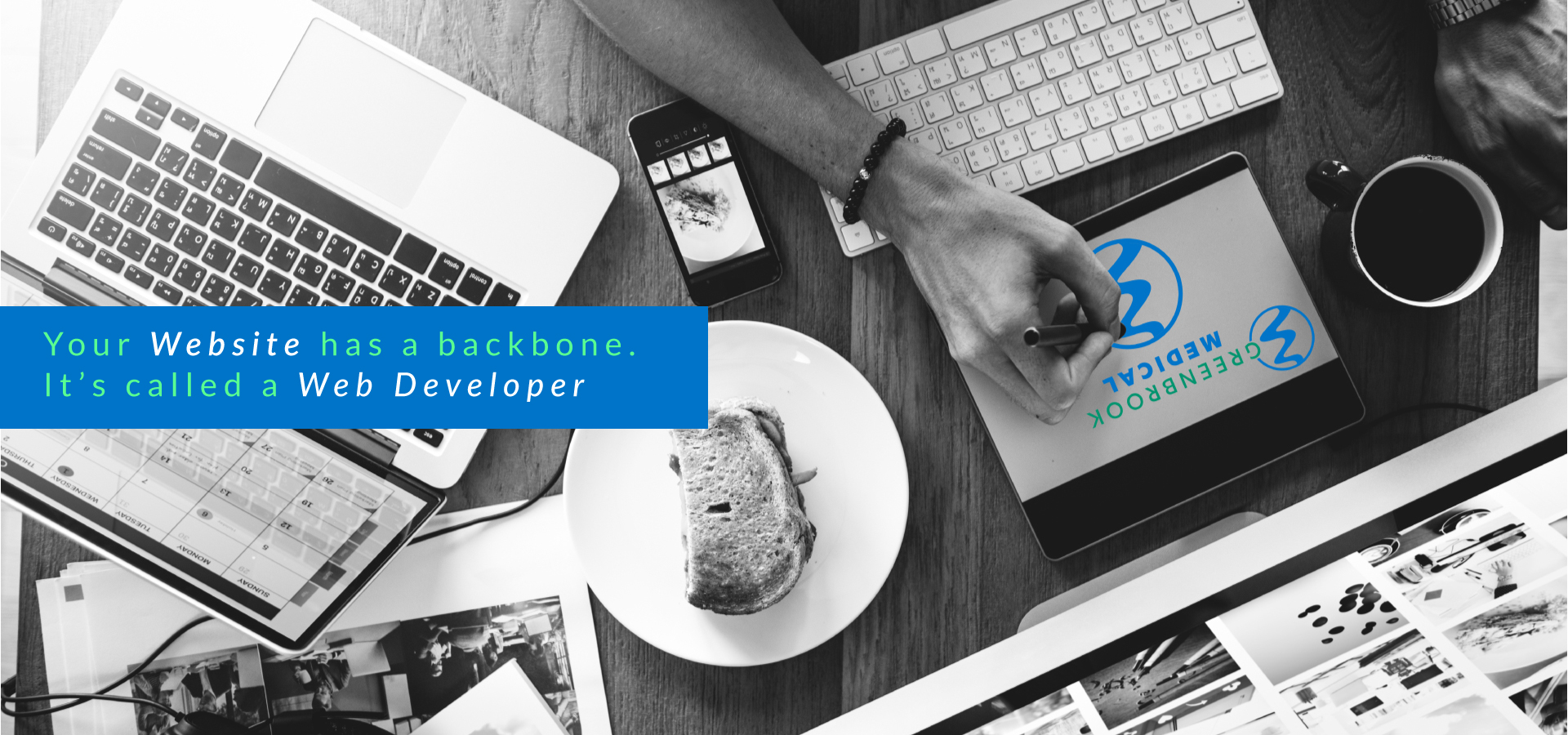Search engine optimization (SEO) encompasses various components, and backlinks are among the most crucial. They help websites rank higher on Google and other search engines.
Backlinks are mainly of two types: dofollow and nofollow. Dofollow links are well-known because they pass authority, or “link juice,” from one site to another. Nofollow links, on the other hand, don’t pass authority and might seem less valuable, but they still play an essential role.
This guide explains what nofollow links are, how they work, and why nofollow links help in SEO, even if they don’t directly improve your rankings.
What Are Nofollow Links?
A nofollow link is a type of backlink that tells search engines not to pass authority from the linking website to the linked website. These links are part of a site’s HTML code and utilize the rel= “nofollow” attribute.
They are primarily used in three main cases:
- Linking to untrusted or low-quality websites
- Paid sponsorships
- User-generated content (like blog comments or forum posts)
So, while these links won’t directly help your rankings, they still serve essential functions in your overall SEO strategy.
How Do Nofollow and Dofollow Links Differ?
Here’s a quick comparison:
- Dofollow links tell search engines to follow the link and pass authority.
- Nofollow links tell search engines not to count the link for ranking or authority.
Most websites automatically create dofollow links unless the nofollow tag is manually added. You can inspect any link by right-clicking on it, selecting “Inspect,” and checking the HTML for the rel= “nofollow” tag.
Do nofollow links help SEO ?
Even though nofollow links don’t pass SEO authority, they can still help in indirect ways:
1. They Drive Traffic
If a high-traffic website (like a major blog or news outlet) links to your page, even with a nofollow link, you could still receive visitors. For example, according to a report in USA Magazine, over 60% of referral traffic to new businesses originates from nofollow links on social media platforms and media outlets.
2. They Support a Healthy Backlink Profile
Google wants to see a natural-looking mix of both nofollow and dofollow links. If all of your links are dofollow, Google might think you’re trying to game the system. According to a USA Magazine SEO trend report, websites with a 40-60% mix of nofollow links tend to rank higher in the long run.
3. They Help You Avoid Google Penalties
Buying backlinks with dofollow attributes is a violation of Google’s Webmaster Guidelines. Using a nofollow tag on sponsored or paid links helps you stay within the rules. Google has systems to detect unnatural link patterns, and if you’re flagged, your rankings can drop significantly.
When to Use Nofollow Links
There are a few scenarios where using nofollow links is the best option:
- Linking to less authoritative websites: Don’t pass authority to untrusted sites.
- Sponsored or paid content: Always use nofollow to stay compliant with Google’s policies.
- User-generated content: If anyone can post or comment, it’s safer to use nofollow links to prevent SEO manipulation.
Best Practices for Using Nofollow Links
To stay safe and effective with your SEO strategy, here are some quick tips:
- Use nofollow on all paid or sponsored links
- Apply it to user-generated content links
- Don’t worry if high-profile websites only give nofollow links; they still matter for exposure
While nofollow links may not directly impact your search engine rankings, they still play a valuable role in your broader digital marketing efforts. They can improve referral traffic, protect your site from penalties, and help maintain a healthy backlink profile.
To build a robust SEO strategy that incorporates the strategic use of nofollow and dofollow links, you need a well-defined plan backed by experience and proven results. At Great Impressions, we help brands develop balanced and effective SEO campaigns that deliver results.





